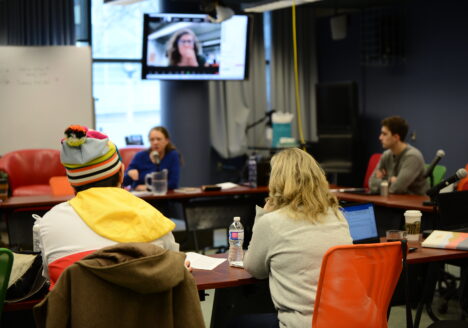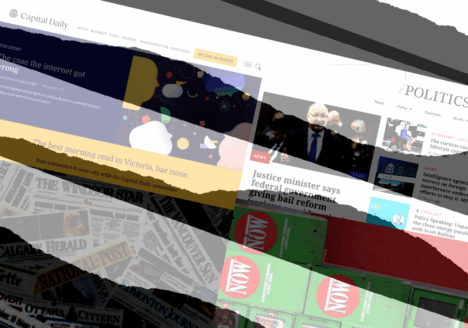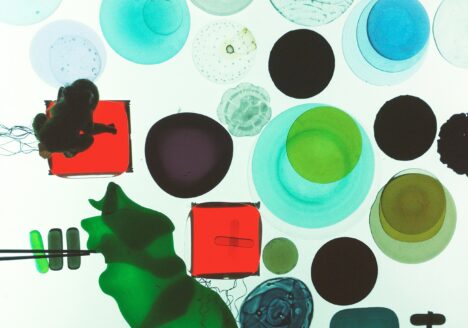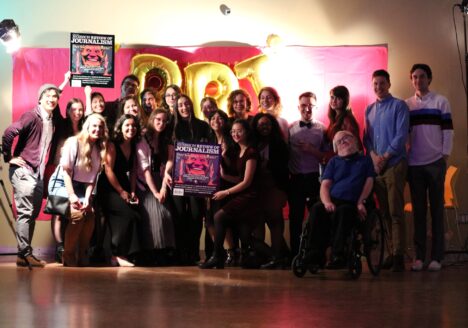Google tests blocking news content for some in Canada in response to government bill
All types of news content are being affected by the test, which will run for about five weeks, the company said Continue Reading Google tests blocking news content for some in Canada in response to government bill










